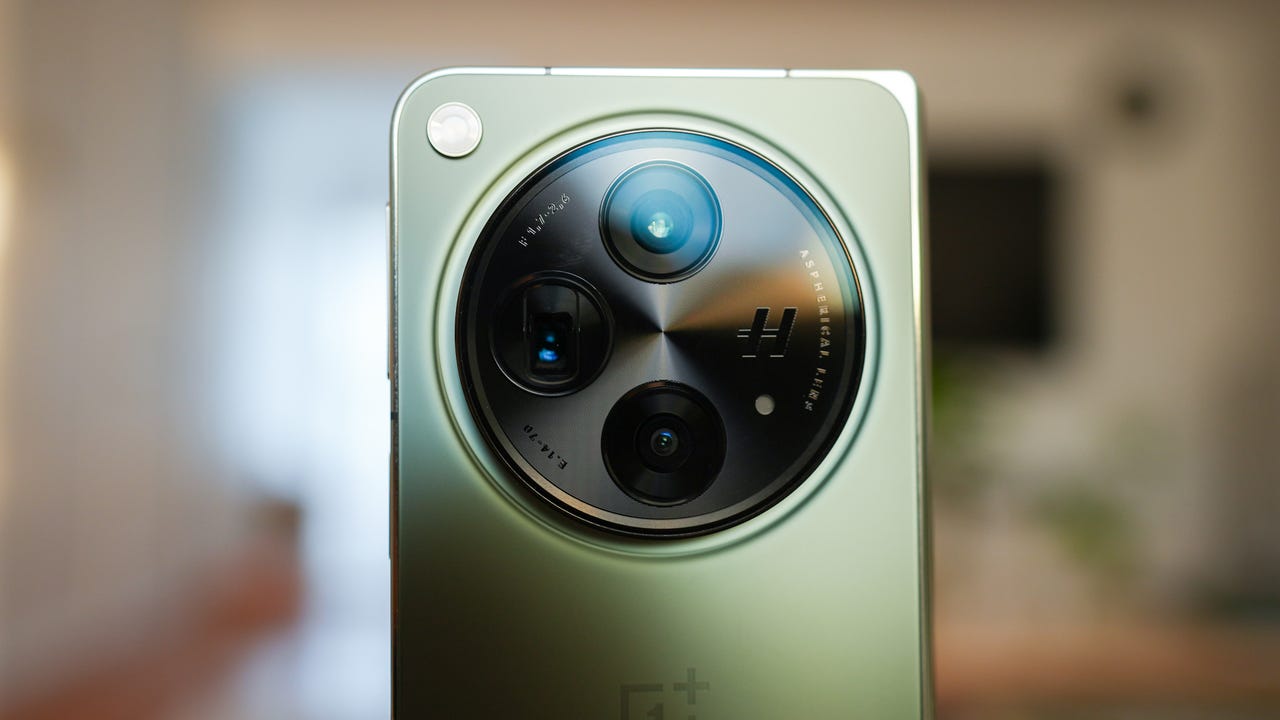Phone makers are drooling over this 'multispectral camera' that captures colors better than your naked eye

When you take a picture with your smartphone (or any camera, really), you're trusting it to reproduce the colors in front of you in the most visually pleasing way. For some, "visually pleasing" can be defined as vibrant and poppy colors. For others, it's natural-looking or bust.
Also: CES 2024: What's Next in Tech
But there's no denying that no matter how your phone captures colors, it's never the same across devices. That's the problem that Spectricity is attempting to solve; the inconsistency of smartphone cameras, how the auto white balancing is never reliable -- and a white wall never actually appears white in a photo.
The company today unveiled the first "multispectral camera in a smartphone," claiming its imaging solution to be capable of capturing "true colors". Meaning, what you see is what you get.
How is this achieved? The multispectral camera, named S1, "measures the spectrum of light at 16 wavelengths, in every pixel of the camera," according to the company press release. "This camera brings unprecedented color accuracy from laboratory instruments to phones. In most cases, the detected color cannot be distinguished from the true color with the naked eye." said Vincent Mouret, CEO of Spectricity. "This opens the door to e-commerce for remote personalized cosmetic and retail use cases."
Also: I tested the world's first thermal phone camera with a 50Hz refresh rate, and here are the results
Spectricity believes its imaging solution will be adopted by major phone manufacturers within two years, with several OEMs already testing it. I'll be demoing the tech myself later this week, and I've got several top phones (including the iPhone 15 Pro Max) to kick the tires with. Stay tuned.
